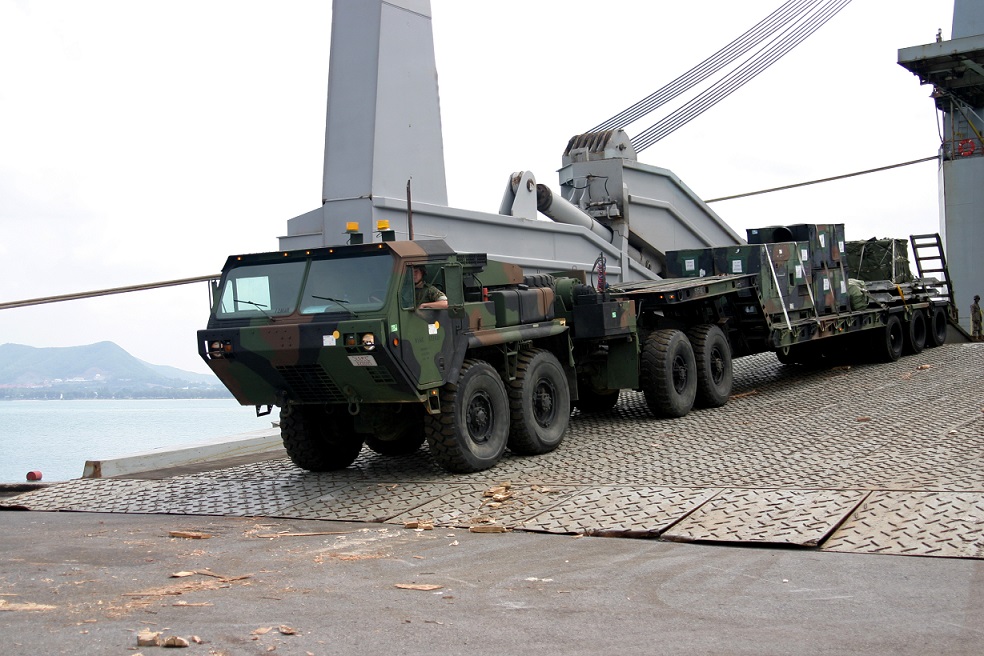
This post is also available in:
 עברית (Hebrew)
עברית (Hebrew)
To operate successfully in an increasingly contested global security environment, the US logistics enterprise needs to change how it operates. In particular, the enterprise needs to overcome its reliance on thousands of disparate legacy information systems, which can’t provide the status of millions of military parts, supplies, and pieces of equipment, which are stocked and shipped around the world.
The US Air Force alone operates a fleet of aircraft four times the size of one of the largest U.S. airlines. The supply chain inventory to sustain the Air Force fleet has been estimated to be as large as multiple Fortune 500 companies combined.
To address this challenge, DARPA has launched a software-focused program, LogX, with the goal to develop and demonstrate software for real-time logistics and supply chain system situational awareness (diagnosis), future state prediction (prognosis), and resilience at unprecedented scale and speed. The program aims to develop software for real-time logistics and supply chain situational awareness.
According to darpa.mil, LogX program aims to build a capability to work alongside existing logistics information systems that exploits the recent migration of logistics information to digital formats and the cloud.
In contrast to the DoD, the commercial sector has achieved a higher level of functionality in its information systems, but the nature of the DoD problem is different: commercial systems are built on business processes that are largely demand-pull as opposed to planned supply push. Additionally, the integration of business processes, information systems, and data across the supply chain in the most sophisticated corporate environments makes causal reasoning and forecasting considerably easier. The nature of military logistics in a contested environment places a higher value on resilience and distributed operations than is economically attractive for many commercial settings, leading to fundamentally different system architectures.
The concept is to enable users to obtain greater insight into the logistics operation as a whole, rather than only one particular area – this, for example, could provide awareness of how one order could affect the supply chain, as reported by janes.com.

























